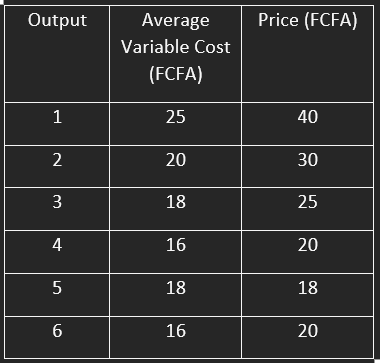A Level Economics Quiz 2019 Part 2
15 QuestionsQuiz Description
Economics includes the study of labor, land and investments, of money, income and production, and of taxes and government expenditures.
Just from its definition we can automatically say that it deals with a lot of mathematics and reasoning. Bringing these calculations to an exam, it becomes a huge problem for most advanced students. In a way to help out, we have designed a quiz of 15 questions. This quiz aims principally at testing students who are preparing for the upcoming session of the CGCE Advanced level.
The questions present are questions from the June session of 2019 Advanced Level Economics. We can bear in mind that the best way to prepare for an exam is to solve its past questions. With a focus, a student will be able to go through this quiz and ace all the questions.Upon completion of this quiz, you can move on to the next session. The next quiz is the continuation of the year 2019 and it also contains 15 questions.
In a perfectly competitive market, what short run decision will you advise this firm to take at output 6?

If the marginal revenue is equal to zero in the monopoly market, the value of price elasticity of demand will be:
A national industry aiming at financial autonomy will charge the price where:
If price is less than MC, a firm in perfect competition could increase profit by:
The minimum payment required to maintain a factor of production in the same line of production is called:
This question is based on table 3 which shows the rate of interest and idle balances in a given economy in a certain year. The supply of money is 1,000
What amount of active balance will give rise to an 8% equilibrium rate of interest?
The problem of using other countries’ resources when measuring national income can be solved by:
This question is based on the statistics below:
Gross national product at market prices =2,000 million FCFA
Net property income from abroad =-20 million FCFA
Indirect taxes =160 million FCFA
Subsidies =100 million FCFA
Capital stock =8,000 million FCFA
Depreciation = 10% of capital stock.
The value of national income is:
The real difference between real national income and money national income is that:


